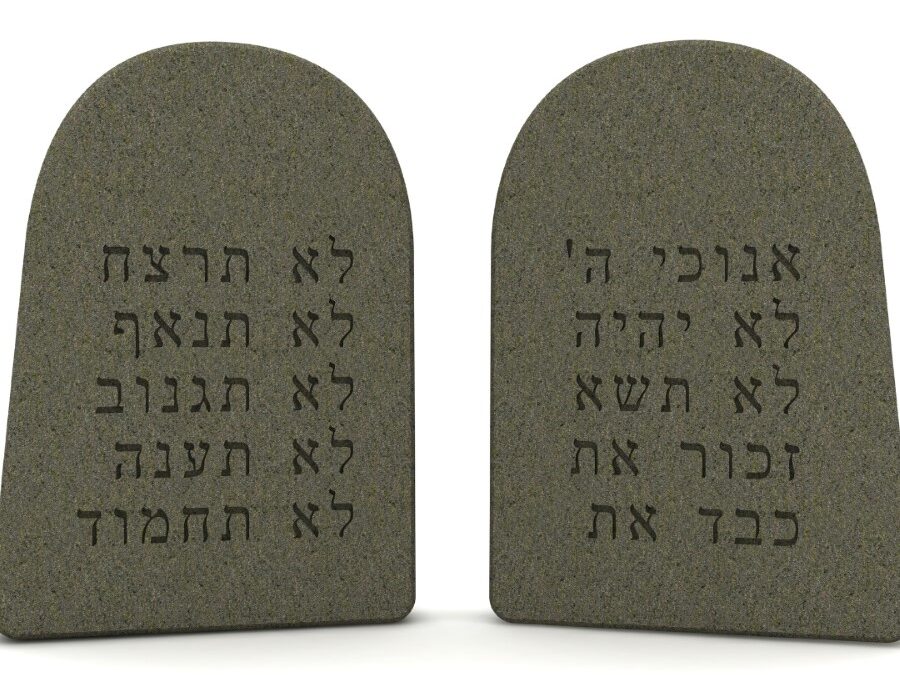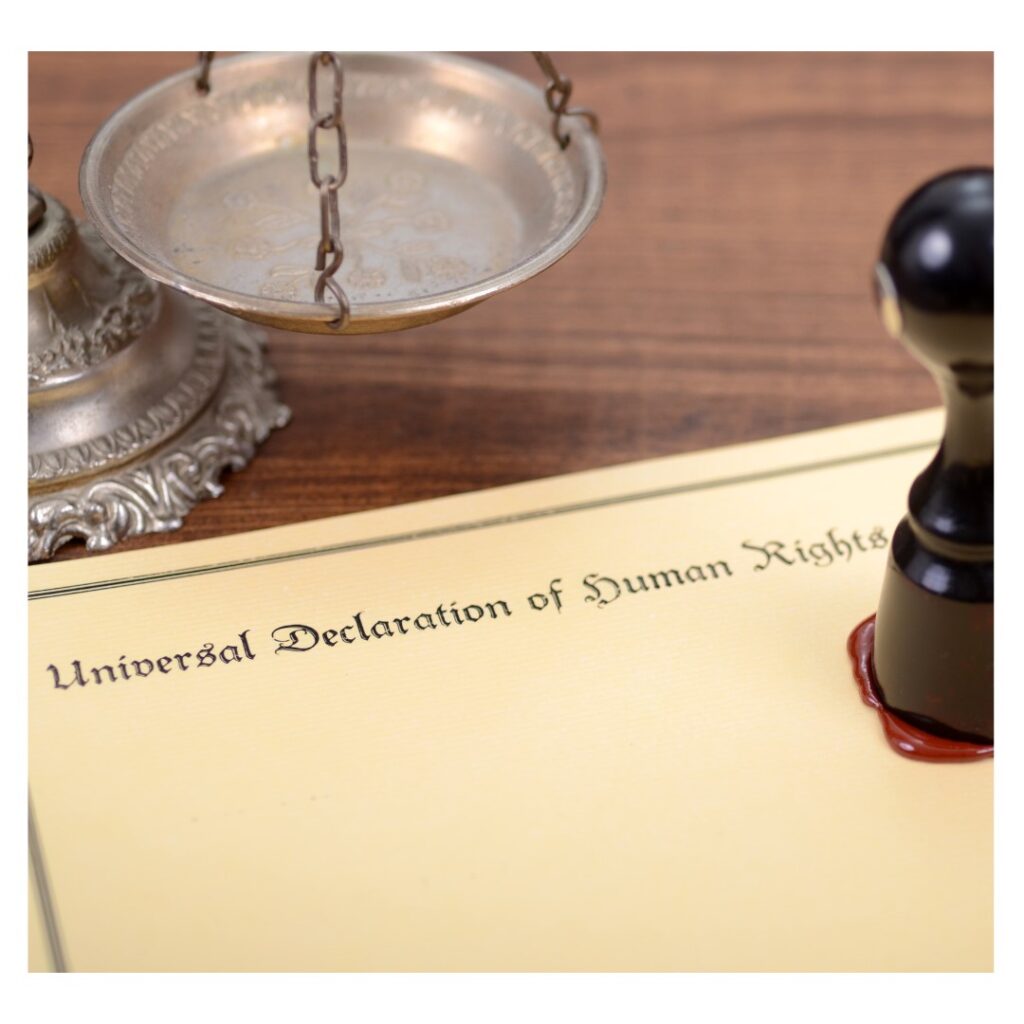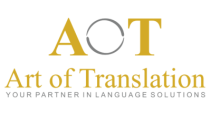Translation probably exists since people started to write. A long, long time ago. The earliest text that we know of was written around 3,200 BCE. So, we can assume the first translators appeared at that time. It would be fair to classify the translators in the ancient jobs still existing today category.
When you think that more than 7,000 languages are spoken today, imagine the number of language pairs that need translation! AI may help a little, but the need for communication, inherent to the human being, ensures a bright future for translators.
So, we can, indeed, talk about the Translation Universe. Whether you’re a translator, a language lover, or a translation client, keep reading to learn some cool facts that will give you a better understanding of this “Trans-verse”.
Setting the context
First things first, let’s talk about the origins of our universe!
From where come from the word translation?
If we look at the etymology of the word, “translation” comes from the Latin “translatio”, which means “carry over, transfer of meaning”. If you break down the word, you get trans – “across” + latio, coming from latus, the past participle of ferre – “to carry”, “to bring”.
So translatio is “carrying across” or “bringing across” a text from one language to another.
Interesting fact: Ancient Greek for “translation” is metaphrasis, which means “speaking across”.
When was created the translation profession?
There is proof that translation was ordinary in Ancient Times.
We all know about the Rosetta Stone, a fragment of a large slab erected in 196 BCE. But, in 1974, archeologists unearthed a collection of 1,800 complete clay tablets and 4,700 fragments on the ancient city of Ebla site in Syria.
The Ebla tablets date back to the period between 2500 BC and the city’s destruction in 2250 BC. Two languages appeared in the writing, Sumerian and an unknown language that uses the Sumerian logograms as a phonetic representation of the locally spoken Elba language.
Those give us a historical reference. But translation probably started earlier in history.
Even discussions around translation that we have today go back to Antiquity. The ancient Greeks distinguished between metaphrase (literal translation, word for word) and paraphrase (paraphrasis, saying in other words).
These concepts take a concrete form with Lίvio’s translation of Homer’s classic Odyssey into Latin around 250 BCE. It is one of the first known efforts to ensure a message correspondence with the intended one in the original text while considering the receptor’s culture. So, not just formal conformity.

Who is considered the most famous translator?
Most translators hid behind clay graves at first. And now, behind computers. But some became famous.
Religion has played a major role in the development of translation. So, it isn’t a surprise that a priest is one of [if not] the most famous translators. St Jerome, the patron of translators, translated the Bible from Hebrew into Latin. He completed it in 405 AD.
Before his work, all Latin translations of the Old Testament were from the Septuagint, the Greek translation of the Hebrew Bible (from the original Hebrew). His version became the official one for the Catholic church and apparently the only one used for a millennium. Due to his extensive work on the Bible (and other essays, with no Internet), he became famous.
Another prolific translator is Xuanzang, a Buddhist monk. He translated Indian Buddhist texts into Chinese around the 7th century. One of the most famous translators in China, he is known for his extensive and careful translations, which helped later to recover lost Indian text.
But translation has not always been a safe career. William Tyndale is known to be the first to translate the New Testament directly from Greek into a modern language, English. But at the time, it was prohibited to translate the Bible into a vernacular language. So, he had to flee.
Snapshot of the Universe
Fast forward to today. Let’s look at the big picture of the Translation Universe.
What is the easiest language to translate?
It all depends on what language and cultural perspective you look at this question from.
From the English language point of view, all Latin-based languages will seem simpler to translate. They share approximately the same alphabet, and they have thousands of words almost identical. For example, it’s estimated that 30 percent of English words come from French. Plus, British English has a common history with most Latin European countries.
But do not be fooled by appearances. Sometimes, things are not what they seem. English is a mishmash of languages due to the influence of many cultures and the vast British Empire. English is also rooted in ancient Germanic languages, and you can find Spanish words sparkled in any conversation, such as tomato or mosquito.
We didn’t even mention the influence of Celtic languages and Viking invasions resulting in the Old English simplification.
So, it’s maybe not so easy!
What are the most difficult languages to translate?
What makes some languages pair easier to translate is also what makes some more complex.
Still from an English speaker’s perspective, languages with nothing in common with their mother tongue may seem almost impossible to master. For example, it may be languages with different writing systems (left to right vs right to left), alphabets (characters or symbols) and even no alphabets.
Mandarin Chinese is a great example. It’s one of the most arduous languages to translate for an English native speaker. First, the language doesn’t use an alphabet (just thousands of characters). Then, there are some main cultural differences between English and Chinese speakers’ culture and way of thinking. Due to a plethora of factors, such as geography, history, traditions, exchanges over the century, and more.
Even the stories or cartoons an American watched as a kid may not be the same ones that a British followed. Sometimes, these small details make the quality difference between two different translations.
What are the types of translation we don’t think about?
The universe of translation includes all languages. We would need to write a thesis to cover them all, so we choose to highlight two.
Sign language and braille
Braille is a tactile writing and reading system used by people visually impaired. The system named after his creator, a Frenchman who lost sight, is based on the French alphabet. It uses a tactile code developed by Charles Barbier.
Braille adapted the code system to transcribe the French alphabet and developed symbols for numerals and punctuation. Today, there are braille codes in over 133 languages.
Note that we called braille transcription people that produce the braille. But it’s braille translation when software does it. Interesting, no?
Sign languages use visual and manual modalities to convey meaning. Around 300 sign languages are in use in the world today. The main ones can be divided into four language family trees: BANZSL (from the old British Sign Language), Danish, French, and Swedish.
Their development is complex. Many regional sign languages exist. But there is also an international sign language, with about 1,500 signs, used since the 1970s. It is called Gesunto or International Sign Pidgin.
Fun fact: American Sign Language comes from Old French Sign Language.
Both braille and sign languages are structured languages.
Morse Code (or the origin of coding?)
Morse code is a method to encode text characters as sequences of two different signal durations. It was developed to transmit languages via an electrical telegraph. A revolution for communication.
International Morse code transcribes the 26 Latin letters, one accented letter (é), Arabic numerals, and some punctuation and procedural signals into sequences of dots and dashes. The receptor requires training to transcribe and then do a reverse translation for each Morse code symbol.
Morse code is one of the earliest well-known methods of character code. Different encoding models were created after, with Unicode, being the predominant one.
But as many encoding methods exist, computing programs have been developed to translate the data between “encoding models”. It’s called transcoding, the latest, but certainly not the last, evolution of the Translation Universe.

Highlights of the Trans-verse
Nothing is better than real-life examples from the Translation Universe to have a vision of its scope.
What is the most translated book, let alone the Bible?
The first known significant work of translation is the translation of the Old Testament Bible from Hebrew into Greek in the 3rd century BCE. According to Wycliffe Global Alliance, the entire Bible was translated into 724 languages and the New Testament into 1,617 languages as of September 2022.
The Find a Bible website offers a catalogue with 4,877 Bible versions and 23,909 Scriptures Resources in 4,598 languages. To be put in perspective, the Ethnologue website lists 7,168 languages in use today.
Hard to beat, right? But one literary work is taking the lead. It’s The Little Prince from Antoine de Saint-Exupéry published for the first time in 1943. According to various sources, it was since translated into more than 500 languages and dialects.
And do you know which American book has been the most translated? It is The Way to Happiness, a booklet written by L. Ron Hubbard, a science-fiction author, in the ‘80s. According to the Author’s website, his work is translated into more than 100 languages.
What is the most translated song?
It will come as no surprise that the most translated song is the Christmas Carol, Silent Night. Joseph Mohr, an Austrian pastor, wrote it and its original title is “Stille Nacht, Heilige Nacht”. It was first performed in 1818. Today, the song is translated into over 100 languages around the world.
The most translated song for children is It’s a Small World, written by The Sherman Brothers in 1963 for Disney. They created it for the ride that is associated with, displayed at the 1964 New York World Fair UNICEF pavilion.
Finally, according to various sources, the most translated pop song is This Too Shall Pass, sung by the rock band OK Go. It’s possible to listen to it in about 18 languages. This success is partly because the song is used in a variety of shows, such as The Vampire Diaries.
What is the most translated website?
By far, the award of the most translated website goes to Jehovah’s Witnesses website. You can browse their website in 1,077 languages, including sign languages. It sets the bar high, but it shows that translation can help you to increase your outreach.

On their right, Wikipedia stands in second place on the podium. There are Wikipedia pages in 332 languages, with a total of 321 active pages at the moment. Wikimedia Foundation, a non-profit organization registered in the USA, launched the encyclopedia project Wikipedia.com on January 15, 2001.
At their left, Google arrives only at the 3rd position. Google Search, the most visited website in the world, is available in 149 languages and Google Translate in 133 languages. But the languages available for the Search results depend on your search and the resources available in each language about your search.
What is the most translated document?
The Universal Declaration of Human Rights is undoubtedly the most translated document in the world.
According to the United Nations’ website, the document is available in more than 500 languages. In 2016, North Bolivian Quechua became the 501st language into which the UDHR was translated.
Adopted by the UN General Assembly in 1948, the six-page text set out the fundamental and universal rights to be protected for the first time. Since then, it’s been translated into many languages from around the world, and in British and Spanish sign languages.

The Translation Universe Today
Religions were the principal source of written texts for a long time. But business, culture, literacy, and globalization shifted this paradigm. And translators followed the evolution of society.
What are the most original translated languages?
As per UNESCO’s Index Translationum, the first 5 languages of their TOP 50 original languages are English, French, German, Russian and Italian.
English comes first. And it’s not a surprise, considering that it’s the leading online language. Most of the information available online is created in English. But, according to Statista.com, Russian is the second language most used for web content.
In the US, the top 10 original translated languages are:
What are the most targeted languages for translation?
In the Index Translationum’s TOP 50 target languages, the first 5 languages are German, French, Spanish, English and Japanese.
If you take German as a given target language, here are the top 10 source languages translated into German:

And if you take English as the target language, here are the top 10 source languages:

What is the language translation forecast?
These statistics show some trends and recurring languages in each top 10.
But we must include some other parameters to give a good outlook. In fact, the most spoken languages, economic trends, and localization demand challenge these statistics. And they are changing the landscape of the Translation Universe.
Three other languages are becoming keystones in the business world:
- Simplified Chinese: It’s the official written language in China. Mandarin Chinese counts about 918 million native speakers. China is not only the second-largest economy in the world, but the country offers one of the largest e-commerce markets. And most people in China do not speak English or very little. So, to get your share of the pie, you’ll need your website to be localized.
- Arabic: According to Worlddata.info, 371,4 million people speak Arabic as their mother tongue. It is the official language of 22 countries too. A growing number of users search the Internet in Arabic, and the Middle East region presents huge potential for businesses. Translating your content into Arabic might give you a competitive edge to ignite your business.
- Portuguese (Brazil): According to Worldometer, Brazil has the largest population in South America. The median age is 33 years old. So, people in the workforce. In 2021, the number of households with access to the Internet reached 90%, and social network user penetration aims to reach 79% in 2023. And even more in the year to come. The audience is growing in the 6th-most populated country on earth (2.73% of the world population), and the available income is too, thanks to its emerging economy.
One Last Word
The Translation Universe has a long history and a bright future. It’s a skill and an art that will be increasingly in demand in our globalized and interconnected world. And translators will still be the best qualified to ensure the correspondence of the original intended message in the target language. With the audience’s culture in mind.
This quote from the Portuguese writer José Saramago summarizes best the article:
“Writers make national literature, while translators make universal literature.”
“Literature”, as a whole, including any written text. It’s how we see it at AOT.
AOT is a Language Service Provider that can assist you with your translation needs in different industries. We can offer a variety of services in over 140 languages. We look forward to partnering with you and extending your universe thanks to languages. Contact us to learn more.
References
https://blog.bigtranslation.com/en/most-difficult-languages/
https://en.wikipedia.org/wiki/Character_encoding
https://www.telc.net/en/about-telc/news/detail/the-worlds-most-translated-songs.html
https://www.bureauworks.com/blog/worlds-most-translated-website
http://clearwordstranslations.com/language/es/most-popular-languages/
https://www.kiwi.com/stories/fun-facts-world-languages/
https://csa-research.com/Featured-Content/For-LSPs/Thought-Leadership/CEOs-reflect-on-2023
https://www.migrationtranslators.com.au/the-6-most-translated-songs-of-all-time/

